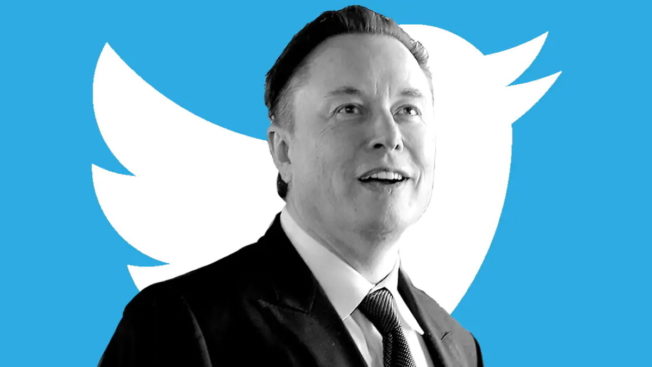After what has seemed like a circus since March, Elon Musk finally owns Twitter and is already making his presence felt.
Tesla CEO Elon Musk visited the Twitter headquarters with a sink in his hand, ahead of the micro-blogging platform’s takeover deal.
Musk posted a video on Twitter with the caption: “Entering Twitter HQ– let that sink in!”.
One day later, it was revealed that the billionaire had completed his purchase of Twitter for a staggering $44 Billion.
Musk fired CEO Parag Agrawal and two other executives, according to two people familiar with the decision. Twitter declined to comment.
The deal’s closing removes a cloud of uncertainty that has hung over Twitter’s business, employees and shareholders for much of the year. After initially agreeing to buy the company in April, Musk spent months attempting to get out of the deal, first citing concerns about the number of bots on the platform and later allegations raised by a company whistleblower.
Beyond the removal of Twitter’s CEO and other executives, Musk’s takeover could also usher in the return of some measure of influence over the company by founder Jack Dorsey, who stepped down as CEO in November and left its board in May. While Dorsey has said he will not formally return to Twitter, he has privately discussed the takeover with Musk and offered advice.
Musk has also reportedly told prospective investors in the deal that he planned to get rid of nearly 75% of the company’s staff, in a move that could disrupt every aspect of how Twitter operates. He previously discussed dramatically reducing Twitter’s workforce in personal text messages with friends about the deal, which were revealed in court filings, and didn’t dismiss the potential for layoffs in a call with Twitter employees in June.
Under Musk, Twitter may not have use for many of its existing staff. Musk has repeatedly made clear he would overhaul Twitter’s content moderation policies and bolster what he calls “free speech,” potentially undoing years of efforts from the company to address misinformation and harassment and to create “healthier” conversations on the platform.





